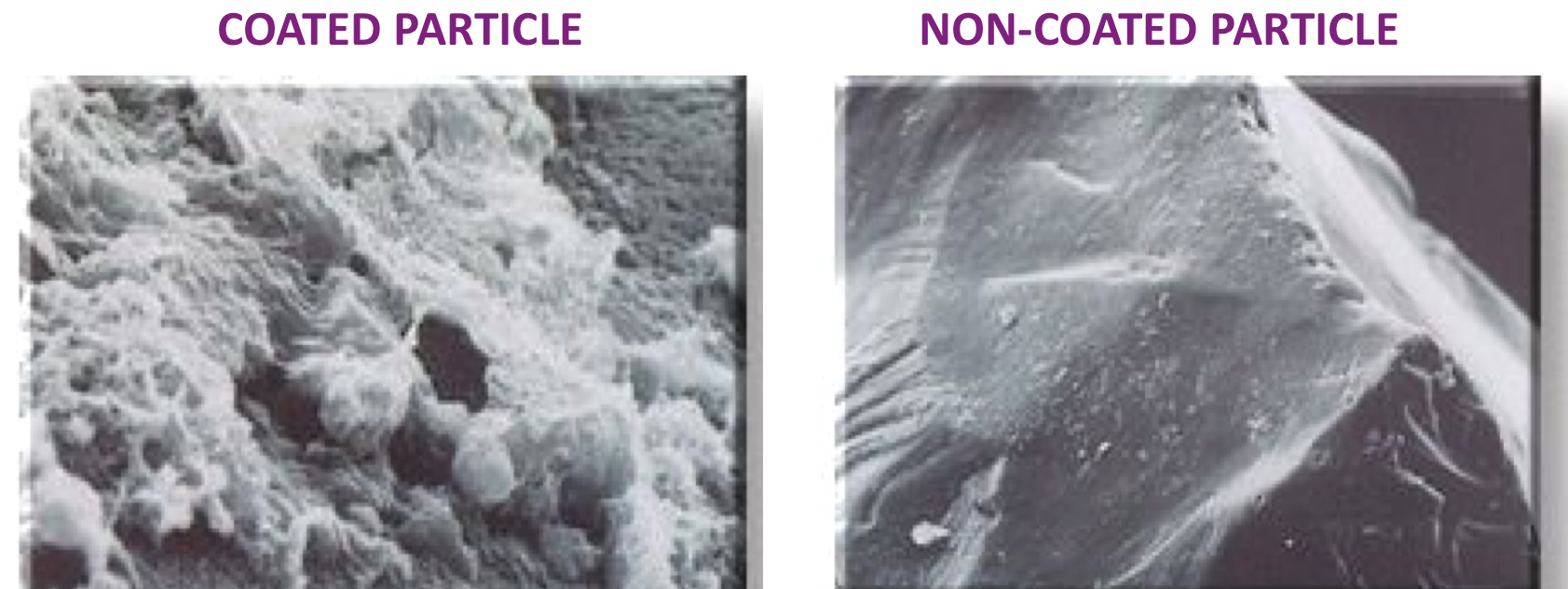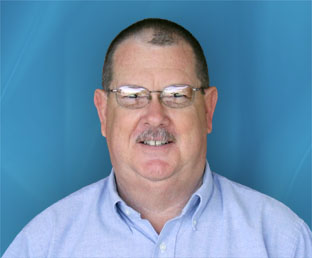We have all seen damage from water repellency on a golf course, most often in the form of localized dry spots (LDS). However, how often do we truly consider the cause?
If the damage from water repellency was caused by an identifiable disease, the industry would be lining up for a treatment. However, many don’t treat water repellency damage with the same sense of urgency because it’s “just a dry spot.”
Though widely accepted and used in the turf industry, the term “dry spot” is a bit of a misnomer. Water repellency is NOT just a dry area. It is a physical, biologically caused coating on soil particles that makes them hydrophobic (or water repellent) over time.
Soils naturally become hydrophobic over time because of a build-up of several water repellent materials. The biggest culprit is the biological degradation of organic matter. We grow turf – a living thing. As this living organism breaks down, organic acids are left behind. These acids attach themselves to the surface of soil particles. When just a small percentage of soil particles are covered in these acids, the entire soil becomes water repellent.
It won’t be long until the physical damage starts to appear on the surface. Even before that happens though, problems will begin below the surface. Pockets of water repellency in the soil profile will complicate the percolation and distribution of water. Applied water, and all of the important nutrients and chemical inputs it carries, will be distributed unevenly in the profile. The result is wasted water, wasted product, and wasted money.
So if water repellency is this damaging and it’s not just a dry soil, how do we treat it? That is the job of a soil surfactant. A proactive, ongoing soil surfactant program is the only way to combat the development of soil water repellency and the many problems stemming from hydrophobic soils.
It’s also important to remember that all soil surfactants are not created equal. Not every surfactant will be appropriate to use in every situation. Talk to your local Aquatrols representative to develop a treatment program that is right for your individual golf course.
—
Ken Mauser, Aquatrols Agronomist & Southwest Territory Manager



[…] Re-Thinking Soil Water Repellency […]